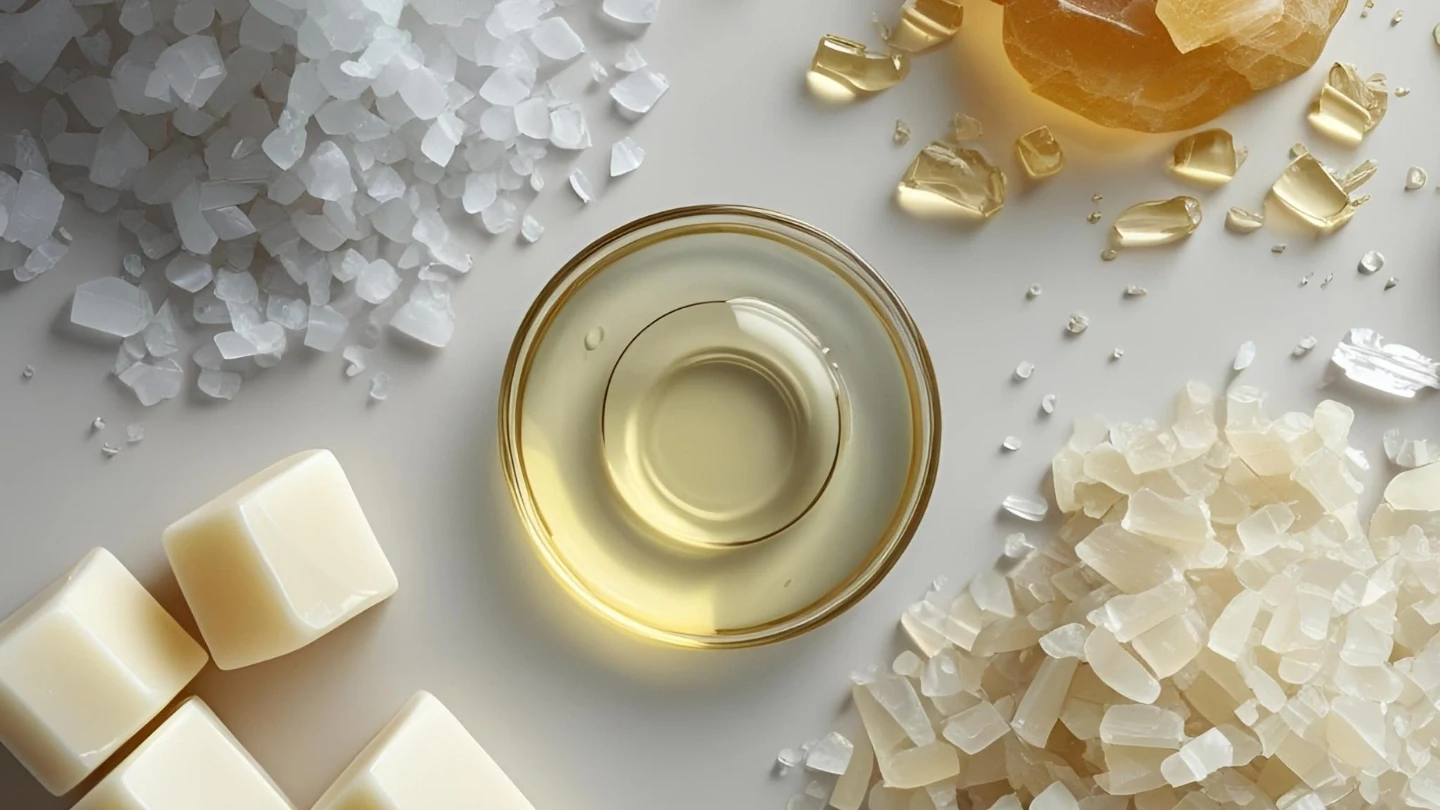Cheese: Ancient Art and Infinite Variety
Cheese is one of the oldest and most diverse dairy products, with a history spanning thousands of years. This nutritious product is made by coagulating milk and then separating the whey from the curds. Cheese is not just a staple food in many cultures; it holds a special place in global cuisine due to its complex flavors, varied textures, and high nutritional value.
—
History of Cheese
The story of cheese goes back to prehistoric times, when humans first began domesticating animals. Its discovery was likely accidental:
- Around 8000 BC: It’s believed that the first cheeses emerged in the Fertile Crescent (Middle East) or Central Asia, where sheep and goats were first domesticated.
- Legend of its Origin: A common legend tells the tale of an Arab merchant carrying milk in a pouch made from a sheep’s stomach (which contains the enzyme rennin). During his journey, the sun’s heat and the rennin in the pouch caused the milk to curdle, separating the curds from the whey, leading to his accidental discovery of cheese.
- Ancient Civilizations: Evidence of cheese production exists in ancient Egypt (around 2000 BC), ancient Greece, and ancient Rome. The Greeks and Romans made significant advancements in cheese production, making it an important part of their diet and trade.
- Middle Ages and Renaissance: During the Middle Ages, monasteries in Europe became important centers for cheese production. Many famous cheeses we know today, like French and Italian varieties, have their roots in this era. With the Renaissance, the art of cheesemaking became more sophisticated and diverse.
- Modern Era: As industrialization progressed, cheese production also entered an industrial phase, though traditional and artisanal methods maintained their importance. Today, cheesemaking is a complex science and art, combining tradition, biology, and technology.
—
General Cheese Production Method
While the methods for producing different cheeses vary widely, the basic principles are almost identical:
- Milk Preparation:
- Pasteurization: Milk is usually pasteurized to eliminate harmful bacteria, although some traditional cheeses are made from raw milk.
- Standardization: Milk fat may be adjusted to achieve desired ratios.
- Adding Starter Culture:
- Lactic acid bacteria (starter cultures) are added to the milk. These bacteria convert lactose (milk sugar) into lactic acid, which lowers the milk’s pH and creates specific flavors and aromas in the cheese.
- Adding Rennet (Coagulating Enzyme):
- Once the milk reaches the desired acidity, rennet (an animal, microbial, or plant-based enzyme) is added. Rennet causes the milk proteins (casein) to coagulate, turning the liquid milk into a gelatinous curd.
- Cutting the Curds:
- The formed curds are cut into smaller pieces. The size of the cut influences how much whey is expelled and, ultimately, the final texture of the cheese (soft, semi-hard, or hard).
- Stirring and Heating (Cooking):
- The cut curds are gently stirred and, in many cases, heated. This process releases more whey and helps the curds firm up.
- Separating Whey and Pressing:
- After cooking, the whey is separated from the curds. The curds are then placed into special cheese molds and pressed. Pressing expels any remaining whey and creates the cheese’s final shape.
- Salting:
- Salt is added to the cheese. This can be done by rubbing salt on the surface, immersing the cheese in brine, or adding salt to the curds before pressing. Salting not only enhances flavor but also acts as a preservative and aids in rind formation and final texture.
- Aging (Maturing):
- After production, cheeses are stored for a period under controlled temperature and humidity. This stage, the most crucial part of cheesemaking, can last from a few days to several years. During this time, enzymes and microorganisms (like bacteria or molds) break down proteins and fats, creating complex flavors, aromas, and textures in the cheese.
- Rind washing, mold inoculation, or piercing the cheese (for blue cheeses) are some specific processes during this stage.
—
Types of Cheese: Infinite Variety
It’s impossible to give an exact number of how many types of cheese exist globally, as new varieties emerge daily, and even regional differences in production can create distinct new types. Estimates range from hundreds to thousands of different kinds of cheese. However, we can categorize cheeses based on key characteristics:
Main Categories of Cheese:
- Fresh Cheeses:
- Characteristics: No or very short aging period, high moisture content, soft texture, and a mild, milky flavor.
- Examples: Cottage Cheese, Ricotta, Mascarpone, Cream Cheese, Mozzarella (fresh), Fresh Feta, Lighvan and Tabriz Cheese (Iranian), Queso Fresco.
- Soft Ripened/Bloomy Rind Cheeses:
- Characteristics: Feature an edible white, velvety rind created by specific molds (e.g., Penicillium candidum). The interior becomes soft and creamy, ripening from the rind inwards.
- Examples: Brie, Camembert.
- Semi-Hard Cheeses:
- Characteristics: Lower moisture than soft cheeses, firmer yet still flexible texture. Moderate aging period.
- Examples: Gouda, Edam, Havarti, Cheddar, Swiss/Emmental.
- Hard Cheeses:
- Characteristics: Very low moisture, firm and dense texture, long aging period (from several months to several years). Offer very complex and sharp flavors.
- Examples: Parmigiano Reggiano, Pecorino Romano, Grana Padano, Manchego.
- Blue Cheeses:
- Characteristics: Contain blue-green mold veins throughout the cheese (created by Penicillium roqueforti or Penicillium glaucum). Known for pungent, salty, and sometimes spicy flavors.
- Examples: Roquefort, Gorgonzola, Stilton, Danablu.
- Washed Rind Cheeses:
- Characteristics: The rind is washed with specific liquids (e.g., brine, beer, wine, brandy), promoting the growth of particular bacteria (like Brevibacterium linens), which creates an orange-brown rind and a strong (sometimes pungent) aroma. The interior is usually soft and creamy.
- Examples: Limburger, Époisses, Taleggio.
- Feta Cheeses:
- Characteristics: A salty, white cheese typically made from sheep’s or goat’s milk and stored in brine. It has a crumbly texture and a tangy, salty flavor (traditional Greek Feta).
- Processed Cheeses:
- Characteristics: Made by blending one or more types of cheese with emulsifiers, water, salt, and other additives, then heating them. They have a uniform texture, long shelf life, and good melting properties.
- Examples: Sliced cheese for pizza, triangular breakfast cheese, processed pizza cheese.
—
Uses of Cheese (Household and Industrial)
Cheese is an incredibly versatile food used in a wide range of dishes:
Household Uses:
- Breakfast: With bread, jam, tomatoes, and cucumbers (e.g., Lighvan cheese, Feta, Gouda).
- Snacks and Appetizers: Paired with fruits, crackers, olives, and nuts (hard and semi-hard cheeses).
- Pizza and Lasagna: As a main topping on pizza or in lasagna layers (Mozzarella, Parmesan, Cheddar).
- Salads: Adding flavor and protein (Feta, goat cheese, blue cheese).
- Sandwiches and Burgers: For flavor and melted texture.
- Soups and Sauces: As a thickener and flavor enhancer (Parmesan, Cheddar in cheese sauce).
- Entertaining: Various cheeses on Cheese Boards for gatherings.
Industrial Uses:
- Ready-Meal Industry:
- Ready-made Pizzas and Pastas: Manufacturers use processed cheeses or specific types of Mozzarella and Cheddar for these products.
- Pre-packaged Sandwiches and Burgers.
- Ready-made Soups and Sauces.
- Snack Products: Cheese powder in chips, puffed snacks, and other savory snacks.
- Confectionery and Bakery Industry:
- Cheesecakes and Desserts: Cream cheese and Mascarpone are key ingredients in cheesecakes.
- Cheese breads and savory pastries.
- Meat Industry:
- Used in some sausages and cold cuts to improve flavor and texture (e.g., cheese sausages).
- Restaurants and Fast-Food Chains:
- Purchase cheese in bulk and prepare it for high-volume use in pizzas, burgers, salads, and other dishes.
- Production of Processed Cheeses: Large factories purchase natural cheeses, then combine and process them with other additives to produce cheeses with specific characteristics (e.g., higher meltability, longer shelf life).
Cheese is not just a delicious food; it’s a historical and cultural journey in the world of cuisine, always present on tables around the globe from ancient times to the present day.
For any questions about our Cheese or other products, please don’t hesitate to contact us directly. We are here to help!




